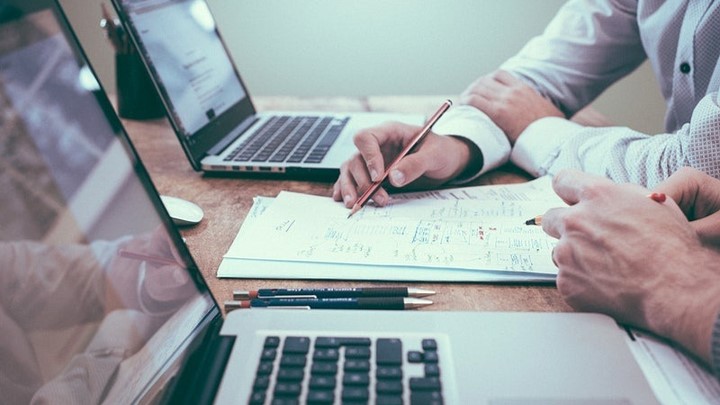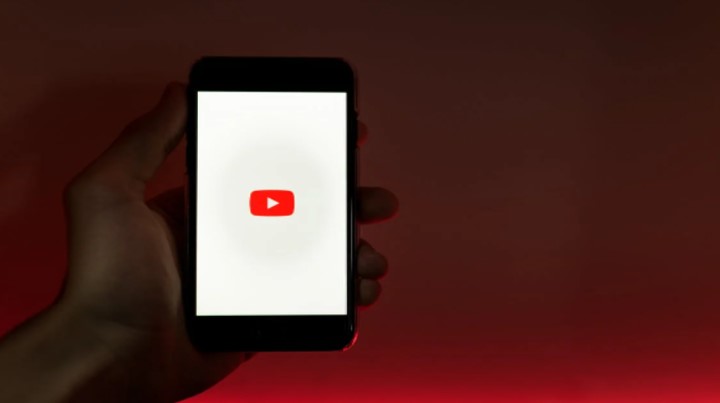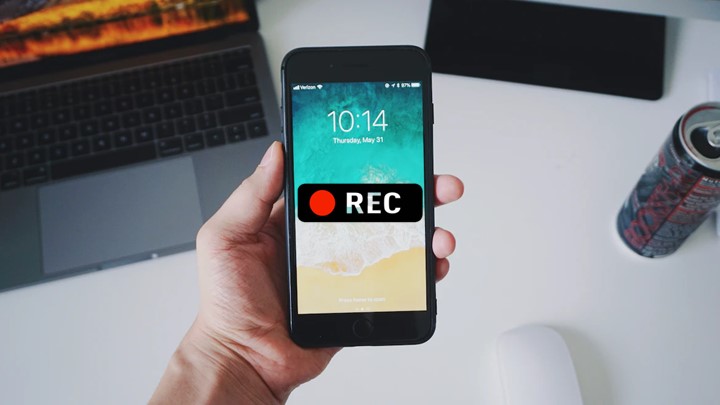Last Updated on April 22, 2023 by Uncle Pat Ugwu
Social media has become increasingly important, so it’s essential to understand the potential security risks and take action to protect yourself. This is where social media security awareness comes in. By staying informed and taking proactive measures to secure your online presence, you can help keep your personal information safe while using social media platforms.
In this blog post, we’ll delve into the topic of social media security awareness and provide tips on how to safeguard your information while using these platforms. You can check our blog post on digital literacy everyone should have.
Don’t let a lack of security awareness put you at risk – learn how to protect yourself and stay safe on social media.
What is Social Media?
Social media refers to online platforms that allow users to connect and interact with each other through various forms of media, such as text, photos, and videos. Some of the most popular social media platforms include Facebook, Instagram, Twitter, LinkedIn, etc.
Importance of social media in modern society
In today’s digital age, social media has become an integral part of our daily lives. We use it to:
- Collaboration and communication in education
- Access to online learning resources
- Staying connected with friends and family
- Sharing updates and photos
- Promoting businesses
- Access to information and news
- Networking and career opportunities
We have a post dedicated to the advantages of the internet in education.
Threats to social media security
As more and more of our personal information is shared online, it’s important to be aware of the potential threats to social media security. Here are some of the most common risks to be aware of:
1. Cyberbullying
Social media can be a breeding ground for cyberbullying, with anonymous users able to harass and intimidate others without consequence. It’s important to be vigilant about monitoring your own social media accounts, as well as those of any children or vulnerable individuals in your care.
2. Phishing scams
Hackers and scammers often use social media to spread phishing scams, where they send fake messages or links that appear to be from legitimate sources in an attempt to trick people into giving away sensitive information like passwords or credit card numbers.
3. Malware and viruses
Social media can also be used to spread malware and viruses, which can infect your device and potentially steal personal information. It’s important to be cautious about clicking on links or downloading files from unknown sources.
4. Identity theft
Social media profiles often contain a wealth of personal information, including names, addresses, and dates of birth, which can be used by identity thieves to impersonate someone online.
5. Privacy breaches
Finally, social media platforms can also experience privacy breaches, where hackers gain access to sensitive user data. It’s important to be aware of the privacy settings on your social media accounts and to regularly review and update them to ensure that your personal information is secure.
Steps to boost social media security
Here are some tips to help you protect your personal information and keep your accounts safe:
1. Use strong and unique passwords
One of the most effective ways to protect your social media accounts is to use strong and unique passwords. This means avoiding passwords that are easily guessable, like “password” or “123456,” and using a combination of upper and lower case letters, numbers, and special characters. It’s also a good idea to use a different password for each of your social media accounts.
2. Enable two-factor authentication
Two-factor authentication is an extra layer of security that requires you to enter a code, sent to your phone or email, in addition to your password when logging into your account. This makes it much more difficult for hackers to gain access to your accounts.
3. Be cautious with links and downloads
Hackers and scammers often use social media to spread malware and viruses by sending fake links or downloads. Be cautious about clicking on links or downloading files from unknown sources, and make sure to keep your antivirus software up to date.
4. Use privacy settings to control what information is shared
Most social media platforms have a range of privacy settings that allow you to control who can see your posts and personal information. It’s a good idea to review these settings regularly and make sure that you’re comfortable with the level of information that you’re sharing.
5. Regularly review and update security settings
Finally, it’s important to regularly review and update your security settings to ensure that your accounts are as secure as possible. This includes checking for updates to the privacy settings on your social media accounts and changing your passwords on a regular basis.
Simple steps like these can help to enhance your social media security and protect your personal information online.
Tips for protecting personal information on social media
Here are some tips to help you keep your personal information safe on social media:
- Think before you post
- Be careful about what information you share
- Use a pseudonym if you are concerned about privacy
- Use the privacy settings on your social media accounts
These tips can help to protect your personal information on social media and keep your accounts safe.
Final Thoughts
Social media security awareness is an important issue that should not be overlooked. With the increasing reliance on social media platforms for personal and professional communication, it is essential to be aware of the various threats that can compromise your security and privacy online tools. From phishing attacks and malware to data breaches and identity theft, there are numerous risks that can expose your personal information to malicious individuals.
Therefore, it is crucial to take steps to enhance your social media security and protect your personal information. This can include using strong passwords, enabling two-factor authentication, being cautious of suspicious links or messages, and regularly updating your privacy settings.







